Taking Control of Your Future
Growing Your Business For Retirement
I posted this earlier—everyone will exit their business at some point! It is inevitable! And most companies with no exit plan in place will close their doors either upon retirement or possibly sooner if the owner is incapacitated and cannot return to work.
This blog post is not just for those thinking about retirement. It is for any contractor with a profitable and growing business. I am suggesting that even with a potential retirement 20 years in the future, you plan for the unexpected so that if the unexpected happens, you are prepared. The end goal here is to remove yourself from day-to-day operations to begin to create a business that is as profitable without you as it is with you! With planning, you can improve your life quality while creating a company with transferable value!
Here is an interesting fact from the Business Equity Institute in Denver, Colorado. According to a 2016 BEI survey:
79% of business owners want to exit their businesses within ten years. However, that same survey showed that only 22% of business owners had had a conversation about their exits with an advisor. Fewer still, 15%, had an exit or transition plan submitted in writing.
So, how does an Exit Strategy work?
You are already doing this with your construction clientele! Compare the idea above to creating a planned design for your construction clients. The design development process includes most if not all the following steps:
Meeting with the clients
Comprehensive needs analysis interview
Jobsite measurements
Preparing conceptual drawings
Meeting with clients again
Extensive design/floor-plan consultations
Meeting with subs to optimize the design
Revisions as needed to the floor plan
Preparing 1/4” drawings
Elevations/perspectives
Meeting with clients again
Blueprinting costs
Copies
Telephone expenses
Can you plan for the future of your company in the same way? There are four exit choices:
Transfer to Insiders (co-owners or employees)
Transfer to children
Sale to a 3rd Party
Employee Stock Ownership Plan (ESOP)
There is a 5th path:
That is when a business owner closes its doors, and no business transfer occurs. Unfortunately, owners leave valuable years of repeat clients with this option, established professional relationships, and dedicated employees to disappear once the company doors are closed. There is another way! Protect your business while you are healthy while simultaneously planning for that time whenever you decide to retire.
What is the “design” of a strategic business transition plan? Here is a sample overview:
Discovery:
Identifying a flexible transition date
Identifying a potential successor(s)
An owner’s goal is to remove themselves from day-to-day operations
Identifying a Flexible Transition Date
Just like a construction schedule, this date is subject to change
Focus on short-term goals:
One year at a time
90-day metrics – are you reaching your annual goal
Implement Company Revenue Value-drivers
A realistic growth strategy
Effective financial controls
Stable and increasing cash flow
A solid, diversified customer base
A stable, motivated management team
Business systems that improve the sustainability of cash flows
Employee Overview
Identifying your management team
Incentivize key employees to grow your business!
Four key elements:
Employees know, in advance and in writing, what standards need to be met to receive the incentive compensation
The monetary incentive is substantial enough to motivate employees
Employees are motivated to stay with the company in the short term as well as (and more importantly) after they have left
Employees earn the incentive bonus based on a performance standard that, when attained, increases the value of your business.
Effective Financial Controls
Access to accurate financial statements (P&L, Balance sheets)
Company structure, ownership, and governance documentation
Articles of incorporation or similar company organizational documentation
If a partnership, shareholder buy/sell agreements
A documented company continuity plan in case of owner incapacitation
A current company valuation report
Life After the Business
Assuming a company advisor role
Life and retirement objectives
Additional personal goals:
Charitable/Community objectives
Legacy objectives
Operational Analysis
Owner-centricity and management review
Owner day-to-day delegation in each area below:
Sales
Marketing
Production
Accounting
Information technology
Daily office administration
Benefits of A Good Transition Plan
There are numerous moving parts here. A good transition or succession plan can take 8 to 10 years to implement. You can see why due to the myriad of concerns that need to be addressed. The key point is this – done correctly, this proactive planning can save you several hundred thousand dollars! Even with your potential retirement years in the future, this transition planning will generate a nice financial reward. It is your business, your legacy, and your opportunity to reward key employees.
Take A Free Exit Assessment
The assessment consists of 22 multiple-choice questions, a questionnaire that will take you only 15 minutes to complete and requires no confidential information. A 12-page summary report will be emailed to you upon completion.
This conversation is at the core of any successful business exit and transfer. To learn more about this process, please contact me at david@remodelforce.com or visit my website to learn more.

